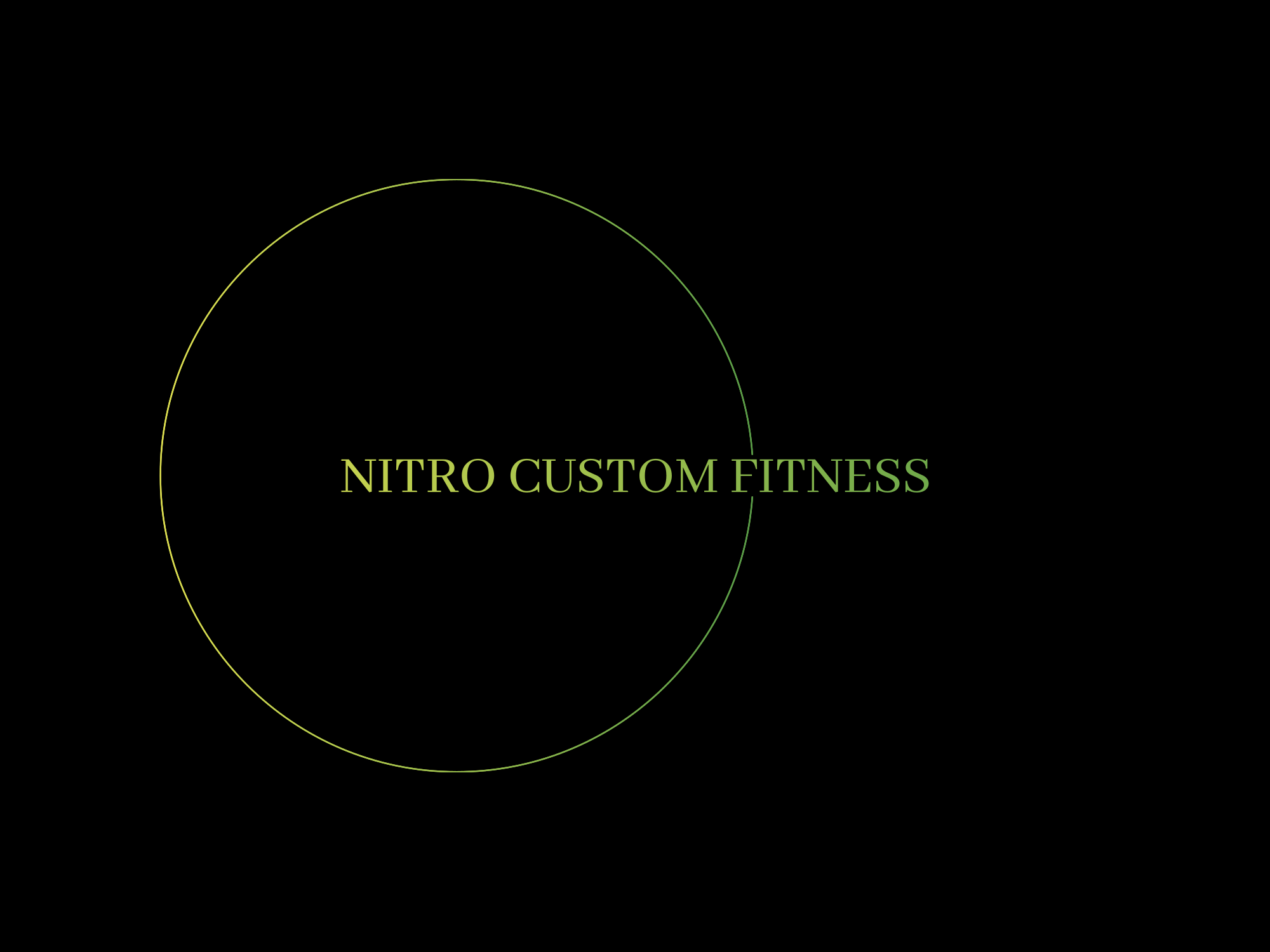When it comes to strength training, two primary options are often presented: free weights and weight machines. Both methods have their unique advantages and drawbacks, and understanding these can help you make informed decisions about your fitness routine. Here, we explore the differences between free weight training and machines, along with the benefits of each.
Free Weight Training
**Definition**:
Free weight training involves the use of weights that are not attached to a machine. This includes dumbbells, barbells, kettlebells, and medicine balls.
**Benefits**:
1. Functional Strength: Free weights require stabilization and coordination, engaging multiple muscle groups simultaneously. This type of training mimics real-life activities, improving functional strength and overall athleticism.
2. Range of Motion: Free weights allow for a greater range of motion compared to machines. This flexibility enables users to perform exercises that suit their body mechanics, reducing the risk of injury and enhancing muscle development.
3. Core Engagement: Many free weight exercises engage the core muscles as stabilizers. This leads to improved core strength and balance, which is essential for overall fitness and performance.
4. Versatility: Free weights can be used for a wide variety of exercises, making them more versatile for training different muscle groups. This flexibility can keep workouts fresh and engaging.
5. Space Efficiency: A few free weights can provide a comprehensive workout, making them ideal for home gyms or small spaces.
Machine Training
**Definition**:
Machine training involves using weight machines that are designed to target specific muscle groups. These machines often use pulleys, levers, and weight stacks.
**Benefits**:
1. Ease of Use: Machines are generally easier to use, particularly for beginners. They provide guided movements, making it less likely for users to perform exercises incorrectly.
2. Isolation of Muscles: Machines excel at isolating specific muscle groups, allowing users to target areas that may need extra attention. This can be particularly useful for rehabilitation or muscle-building in specific areas.
3. Safety: Weight machines often include safety features, such as guided paths and adjustable settings, which can reduce the risk of injury, especially for those lifting heavy weights alone.
4. Consistency: Machines offer a consistent resistance throughout the entire range of motion, which can be beneficial for muscle growth and strength development.
5. Less Requirement for Stabilization: Since machines provide support, users can focus solely on the target muscle without needing to engage stabilizing muscles, making them suitable for those with joint issues or injuries.
Comparing the Two
While both free weights and machines have their place in a strength training regimen, the choice between them often depends on individual goals, experience level, and personal preference.
Here’s a quick comparison:
– Skill Level: Free weights may require more skill and technique to use safely, making machines a better option for beginners.
– Goals: If the goal is overall functional fitness and strength, free weights may be the way to go. If the aim is to isolate specific muscles or rehabilitate an injury, machines can be beneficial.
– Variety: Free weights offer more variation in workouts, while machines provide a more structured approach.
Conclusion
Incorporating both free weight training and machines into your fitness routine can provide a balanced approach to strength training. Free weights promote functional strength and engage multiple muscle groups, while machines offer safety, ease of use, and targeted muscle isolation. Ultimately, the best choice is one that aligns with your fitness goals, preferences, and any physical considerations. A well-rounded program that includes both methods can maximize benefits and lead to better overall results.

